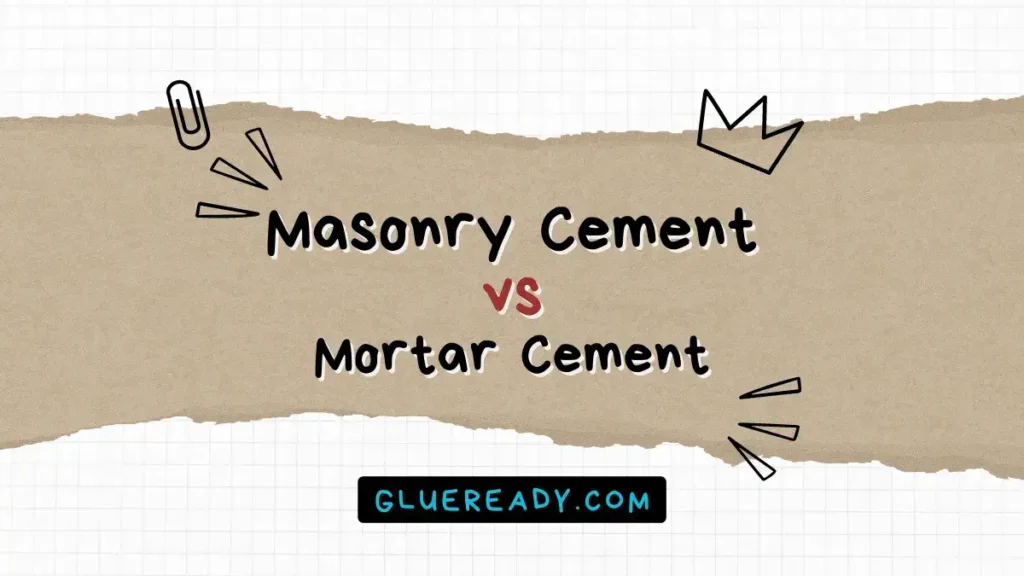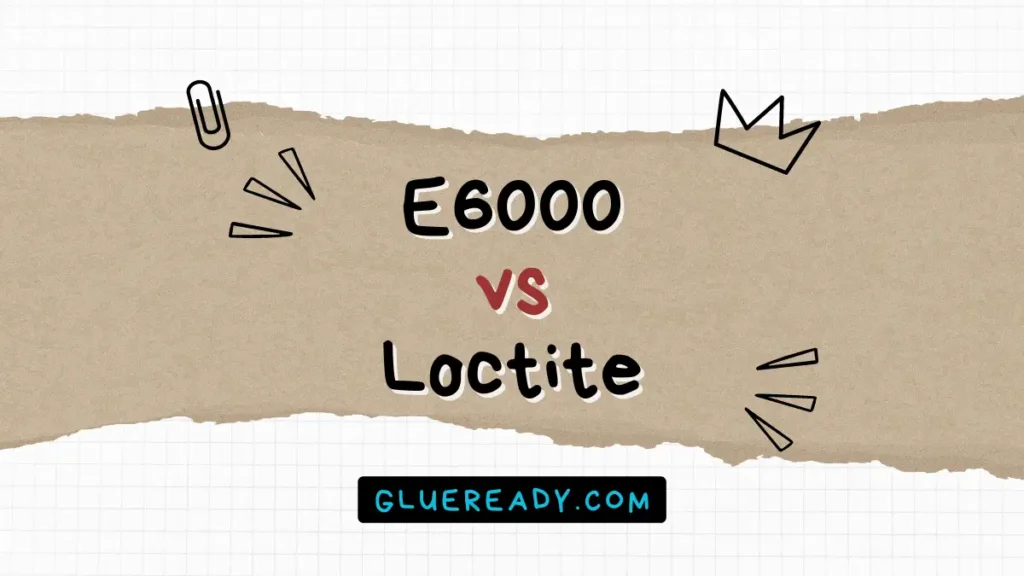Contact Cement vs Epoxy | Detailed Comparison

Two commonly used adhesives, contact cement and epoxy, each offer distinct advantages and applications.
The main difference between contact cement and epoxy is that contact cement cures by evaporation of the solvent, while epoxy cures by a chemical reaction between two parts.
Understanding their characteristics, strengths, and limitations can help you make an informed choice that aligns with your specific bonding requirements.
For that, I will compare contact cement vs epoxy in detail in this article.
Read More: Contact Cement vs Contact Adhesive
What is Contact Cement?
Contact cement is a type of adhesive that is made from neoprene rubber dissolved in a solvent such as acetone or toluene. It is used to bond materials such as leather, rubber, metal, and plastic.
Contact cement works by creating a strong and flexible bond between two surfaces that are in contact with each other.
To use contact cement, you need to apply it to both surfaces you’re joining with a brush or roller and allow the solvent to evaporate, which takes from five to 10 minutes.
Then, you need to press the two surfaces together firmly and align them correctly, as the bond is instant and irreversible.

What is Epoxy?
Epoxy is a two-part adhesive that consists of a resin and a hardener. It is used in various applications, such as bonding metals, plastics, and wood.
Epoxy has a strong bonding capability and can be used for filling gaps and cracks. The material is also resistant to high temperatures, solvents, UV light, and impacts.
To use epoxy, you need to mix the resin and the hardener in the correct ratio according to the instructions on the package.
Then, you need to apply the mixture to one or both surfaces you’re joining and clamp them together until the epoxy cures, which can take from a few minutes to several hours depending on the type of epoxy.

Contact Cement vs Epoxy Comparison Table
| Feature | Contact Cement | Epoxy |
| Type of adhesive | Non-reactive | Reactive |
| Curing mechanism | Evaporation of the solvent | Chemical reaction between two parts |
| Curing time | 15-20 min | 5-60 min |
| Application method | Applied to both surfaces and allowed to dry before joining them | Mix the resin and hardener in the correct ratio and apply immediately before joining the surfaces |
| Exterior projects | Not suitable | Suitable |
| Water resistance | Poor | Excellent |
| Heat resistance | Good | Excellent |
| Flammability and toxicity | Flammable and toxic | Non-flammable and less toxic |
| Flexibility and peel ability | Flexible and peelable | Rigid and hard-to-remove |
| Gap filling and sanding | No gap filling and no sanding | Gap filling and sanding |
| Best for bonding | Porous materials, such as rubber, fabric, leather, and canvas | Metal, glass, plastic and fiberglass |
Which One Should You Use for Your Project? Contact Cement or Epoxy?
The choice between contact cement and epoxy depends on the specific application you have in mind. Here are some general guidelines to help you decide:
Use contact cement if you want to bond materials such as leather, rubber, metal, or plastic that have smooth and flat surfaces. Contact cement is also ideal for curved or irregular surfaces that are difficult to clamp.
Use epoxy if you want to bond materials such as metals, plastics, or wood that have rough or porous surfaces. Epoxy is also ideal for filling gaps and cracks that are larger than 0.1 mm.
Read More: Best Contact Cement
Frequently Asked Questions (FAQs)
What Is the Difference Between Contact Cement and Glue?
Contact cement is a type of adhesive that forms a strong bond between two surfaces that have been coated with it, and it cures by evaporation.
Glue, on the other hand, can refer to a variety of adhesives that may or may not be as strong or fast-acting as contact cement.
What Is the Difference Between Adhesive and Epoxy?
Adhesive is a general term for a substance that binds things together.
Epoxy, on the other hand, is a specific type of adhesive that is known for its strength and durability. It is made up of two parts: resin and hardener. When mixed together, they form a very strong bond that is ideal for bonding metals, plastics, and ceramics.
Is Epoxy Better Than Construction Adhesive?
Epoxy and construction adhesive are used for different applications. Epoxy is typically stronger and more durable, making it ideal for bonding metal, glass, and stone.
Construction adhesive, on the other hand, is typically used to bond heavier materials such as wood or concrete. So, whether one is “better” than the other depends on the specific materials and conditions of your project.
Final Thoughts
Contact cement and epoxy are both adhesives that have different properties and applications.
Contact cement works by creating a strong and flexible bond between two surfaces that are in contact with each other.
Epoxy works by creating a strong and rigid bond between two surfaces that are clamped together until it cures.
Hopefully, this comparison between contact cement vs epoxy will help you to choose between the two depending on the specific application you have in mind.






